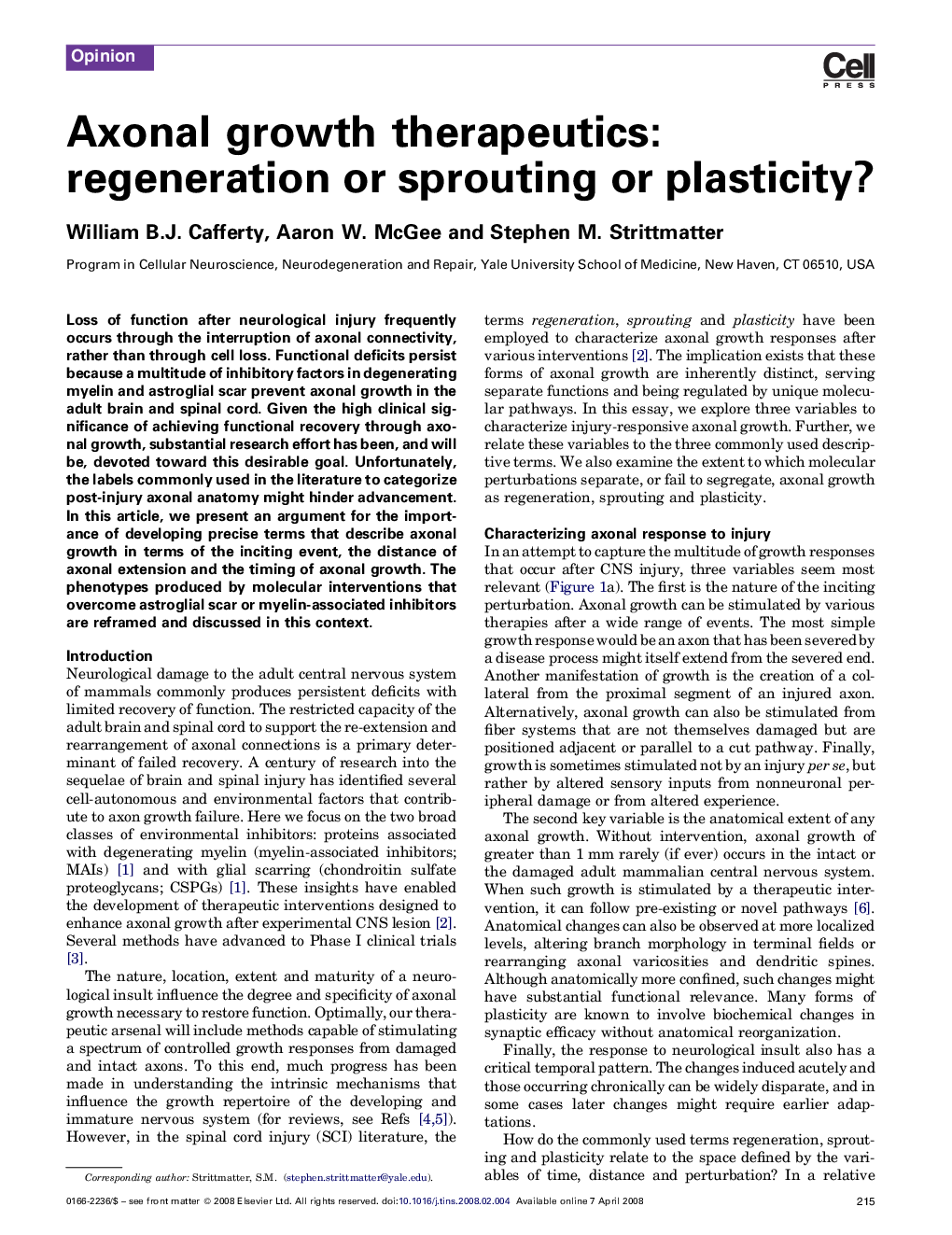| Article ID | Journal | Published Year | Pages | File Type |
|---|---|---|---|---|
| 4354954 | Trends in Neurosciences | 2008 | 6 Pages |
Loss of function after neurological injury frequently occurs through the interruption of axonal connectivity, rather than through cell loss. Functional deficits persist because a multitude of inhibitory factors in degenerating myelin and astroglial scar prevent axonal growth in the adult brain and spinal cord. Given the high clinical significance of achieving functional recovery through axonal growth, substantial research effort has been, and will be, devoted toward this desirable goal. Unfortunately, the labels commonly used in the literature to categorize post-injury axonal anatomy might hinder advancement. In this article, we present an argument for the importance of developing precise terms that describe axonal growth in terms of the inciting event, the distance of axonal extension and the timing of axonal growth. The phenotypes produced by molecular interventions that overcome astroglial scar or myelin-associated inhibitors are reframed and discussed in this context.
